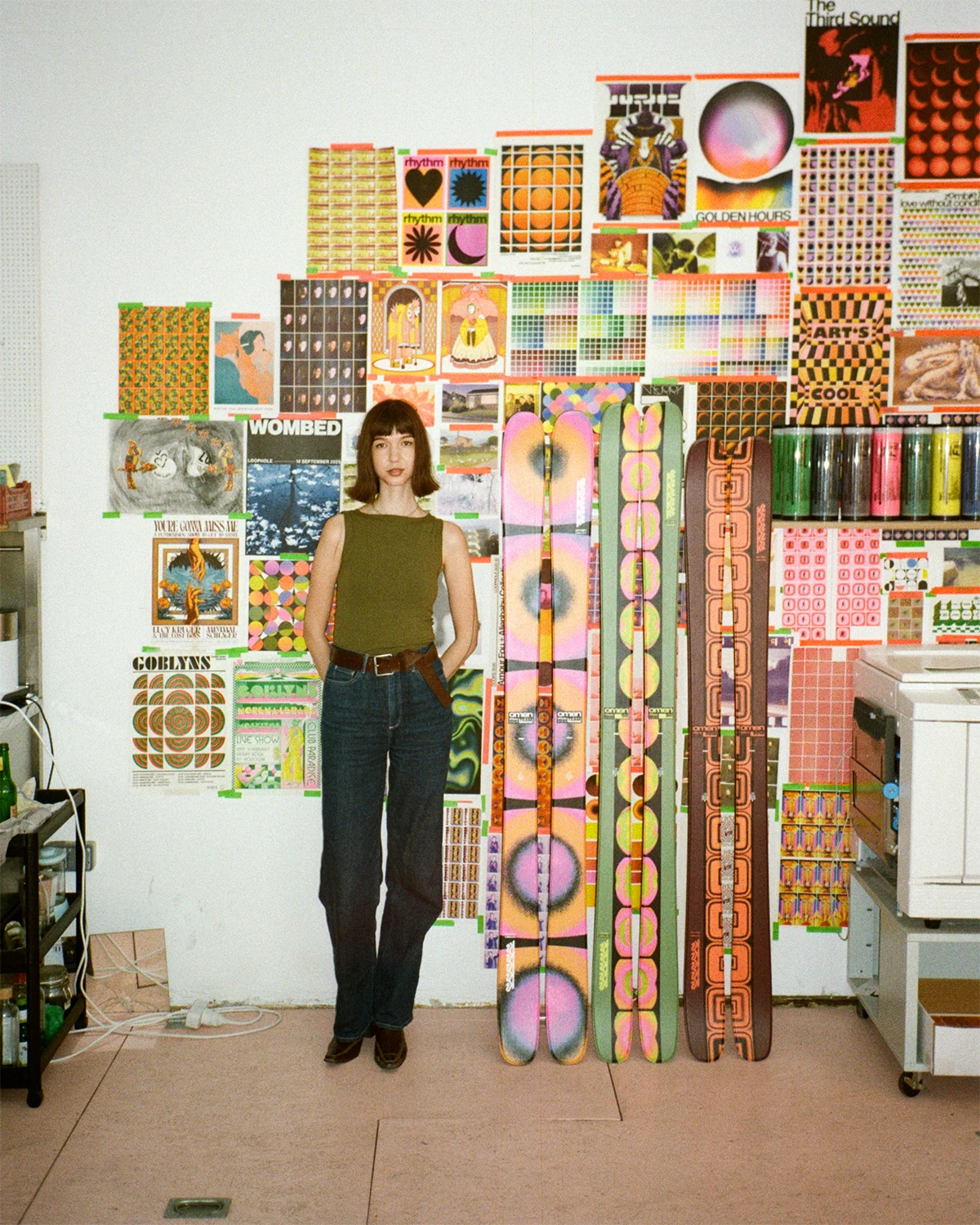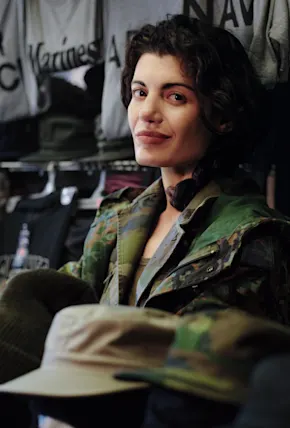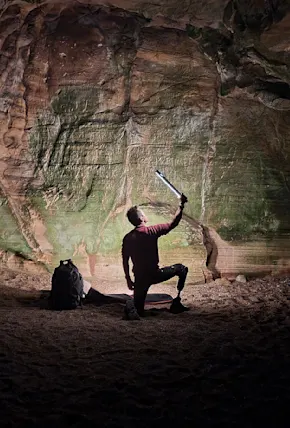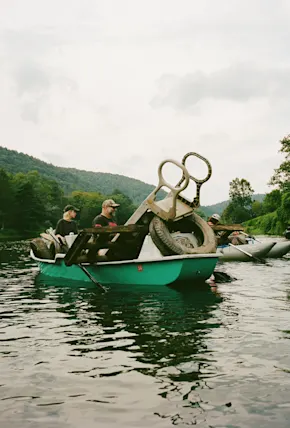When it comes to the artwork that adorns so many outdoor products, sometimes the best inspiration comes not from within the community but beyond it. Case in point, the dynamic print art of Julia Schimautz, a graphic designer and printmaker based in Berlin—about as far from “the outdoor industry” as possible—who was recently tapped to collaborate on a new collection of skis for Seattle-based K2.
Schimautz specializes in risograph, a digital version of screen printing, to create striking works of art that celebrate color, vintage aesthetics, and a reverence for imperfections that are a result of the method. The result of adding Schimautz’s psychedelic risograph prints to K2’s new Omen Ski Collection is a set of six skis that deserve to be displayed at home as much as enjoyed in the mountains.
“Something that really drew me to Julia’s artwork was her ability to cross genres of still and motion image, as well as her ability to use tangible print artwork for motion in such a new, but traditional way,” K2 Design Director Brad Walters tells me. As it turned out, Julia’s use of risograph printing was not so dissimilar to the traditional screen-printing methods of developing topsheet art for skis.

Julia Schimautz and the K2 Omen Collection
“This converging of process has allowed for our work with Julia to keep her printing integrity in play without too much reliance on more modern, digital methods—all while adding tons of depth, and grit to the designs rarely found in today’s world of computer graphics,” he adds.
Schimautz grew up skiing in her home country Austria. After finishing her studies in Cape Town, she moved to Berlin where she co-founded Don’t Try Anything New Studio with two other artists. Early morning our time, afternoon her time, we talked to Schimautz, who is eager to test her new skis this winter, about risograph, adapting prints to skis, and her love of the ‘60s and ‘70s.









